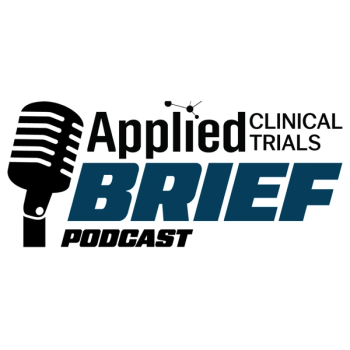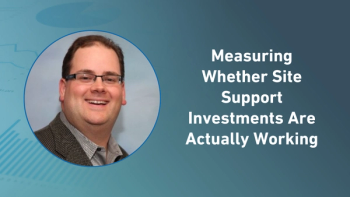
PharmaVigilant Releases I-Accountability to Enhance Efficiency and Traceability of Clinical Trial Inventory
PharmaVigilant
today announced the release of I-Accountability, a drug accountability system that efficiently tracks and controls drug inventory and randomization. As trials become larger and more complex, I-Accountability centralizes and automates the drug accountability process, decreasing workload at the sites, improving compliance and drastically advancing study timelines. I-Accountability provides PharmaVigilant with a competitive advantage with the QR code feature, providing clients with immediate access to inventory status through their smartphones.
I-Accountability is easier to use than manual, paper-based tracking. It provides a user-friendly means of randomization, supply management, and ongoing drug monitoring. In terms of patient randomization, I-Accountability replaces phone and paper based randomization methods and automatically retrieves randomization numbers and corresponding details. This process triggers email alerts to notify shippers and other participants of medication requirements throughout the supply chain, keeping the Sponsor aware of all activities.
Once randomization has occurred, I-Accountability automates the collection of the medication by using state of the art technology to generate QR Codes for each medical product. This allows a ‘Mobile’ interface to interact with the system, so that once the drug is received at the site, any smartphone QR Code App can scan the barcodes to automatically record the receipt and product condition.
Upon drug administration at the site, clinicians receive and enter information concerning dispensation and usage into the EDC system, creating an interoperable feedback cycle that drives the replenishment process. In the event of a damaged product, I-Accountability provides the creation of reorder requests, reducing the amount of time for site staff to conduct tasks.
“I-Accountability offers clients a complete life-cycle service for their clinical trial medications,” says James DeSanti, President and CEO, PharmaVigilant. “In seconds, Sponsors can view a summary of inventory tracking information in I-Accountability globally. With trials containing thousands of subjects across multiple sites/countries in need of study drugs or placebos, immediate access to this information is crucial in order to manage the drug/asset supply chain. We have incorporated QR code functionality to leverage mobile hardware already existent in the field. Smartphones are everywhere, so adding QR codes to medical products will streamline the shipping and receiving process, giving PharmaVigilant a competitive advantage.”
Newsletter
Stay current in clinical research with Applied Clinical Trials, providing expert insights, regulatory updates, and practical strategies for successful clinical trial design and execution.




